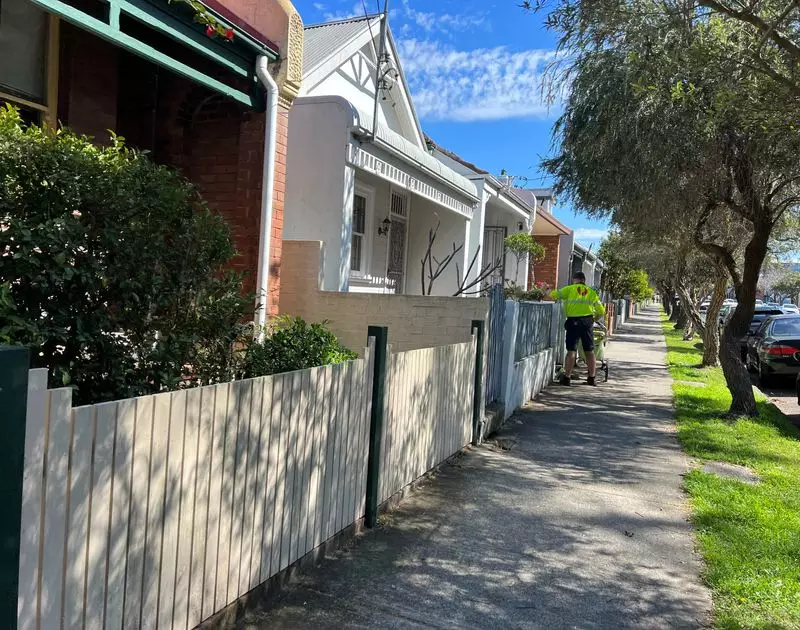The Australian housing market has shown remarkable resilience in the face of various economic challenges. Despite high interest rates, cost of living pressures, and consumer pessimism, home prices in Australia have continued to climb steadily. According to data from property consultant CoreLogic, national home prices rose by 0.8% in May, marking the sixteenth consecutive month of growth. This upward trend is largely attributed to a persistent shortage of affordable homes in major capital cities, which has kept supply levels low and driven prices higher.
One of the key drivers of rising home prices in Australia is the low supply of available housing. CoreLogic’s data indicates that the number of homes advertised for sale in the past four weeks remains well below average. This scarcity of housing options has created intense competition among buyers, leading to rapid absorption of new listings and putting upward pressure on prices. In May, state capital cities saw significant price increases, with Perth rising by 2.0%, Adelaide by 1.8%, and Brisbane by 1.4%. The median value of homes in Australia has increased by over A$12,000 month-to-month, reflecting the strong demand for residential properties.
While some cities experienced more pronounced price increases, others saw more modest gains in May. Sydney, for example, recorded a growth rate of 0.6%, matching the record high set in January 2022. Despite a temporary decline in values last year, Sydney’s median home value has since risen by 14.1% to nearly A$1.16 million. Melbourne and Canberra also saw slight price increases of 0.1% and 0.5%, respectively. The overall trend indicates a consistent upward trajectory in home prices across the country, with few signs of a slowdown in the near future.
Looking ahead, experts predict that Australian home price rises will outpace overall inflation in the next two years. The failure of builders to increase housing supply has exacerbated the affordability crisis, making Australia one of the world’s most expensive housing markets. Despite a slight uptick in vendor activity compared to the previous year, inventory levels remain below average in key markets. This imbalance between supply and demand is likely to continue driving prices higher in the coming months, presenting both opportunities and challenges for homebuyers and policymakers alike.

